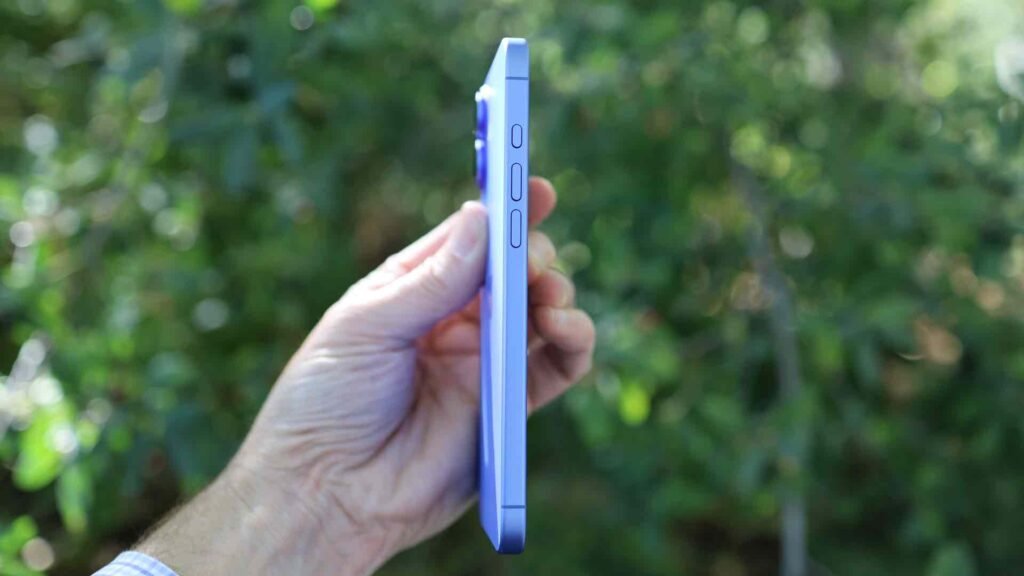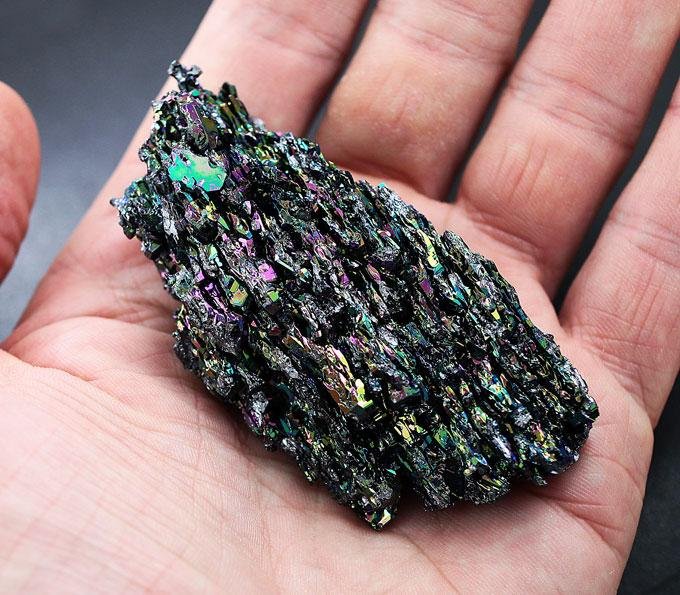
The United States Customs and Border Protection (CBP) is reportedly seeking assistance from tech companies to develop a digital forensics tool capable of analysing data from seized phones and computers, specifically to uncover “hidden” patterns. This initiative suggests the agency’s aim to enhance its data processing capabilities. According to a report from Wired, a federal registry listing from June indicates that CBP is looking for a tool that can scan text messages, pictures, videos, contacts, and other information on devices confiscated at US borders. Apart from basic data processing, the agency wants a tool that can identify “hidden language” or coded terms within text messages that may not be immediately apparent. CBP is also looking for a tool to identify specific objects across videos and photos, and to quickly process data for “intel generation,” indicating a focus on extracting actionable intelligence from the collected information, the report claims.
USCBP wants new digital forensics tool amid rise in device searches
In 2015, the agency searched around 8,500 devices; by 2023, that number had risen to 41,500. CBP also conducted 4,200 advanced forensic searches in 2024, involving deep data analysis.While CBP currently uses tools from Israeli firm Cellebrite, it remains open to alternatives. As per the report, the agency already employs a variety of data extraction tools, suggesting it’s not tied to one vendor.CBP agents have been known to request access to travellers’ phones and other devices, particularly during border checks. This practice has prompted some visitors to use burner phones when travelling to the U.S. to avoid handing over personal data.In a recent request for information, CBP hinted that it plans to select a vendor and finalise a contract to develop the tool by the third quarter of 2026, with potential implementation following in 2027.








